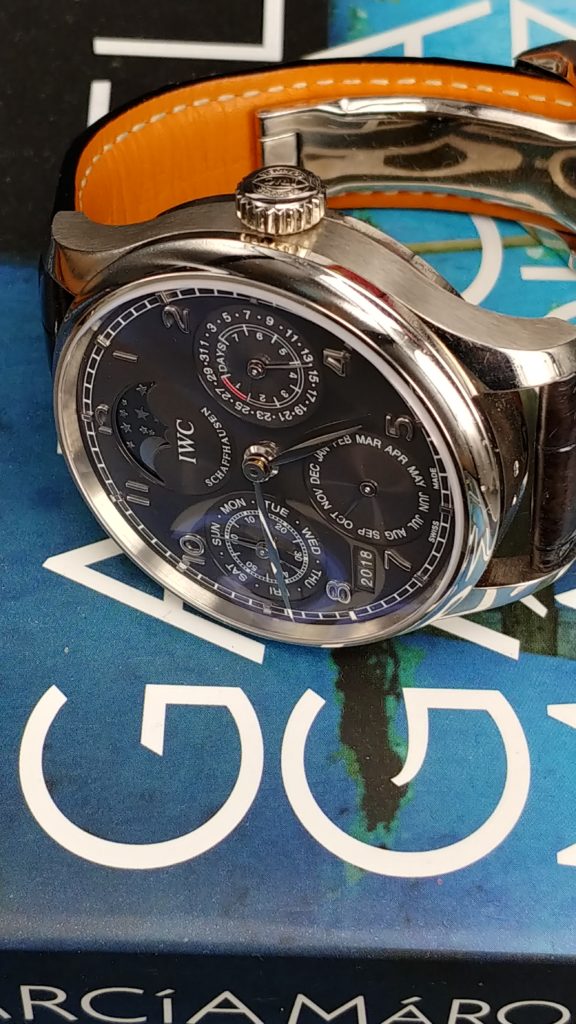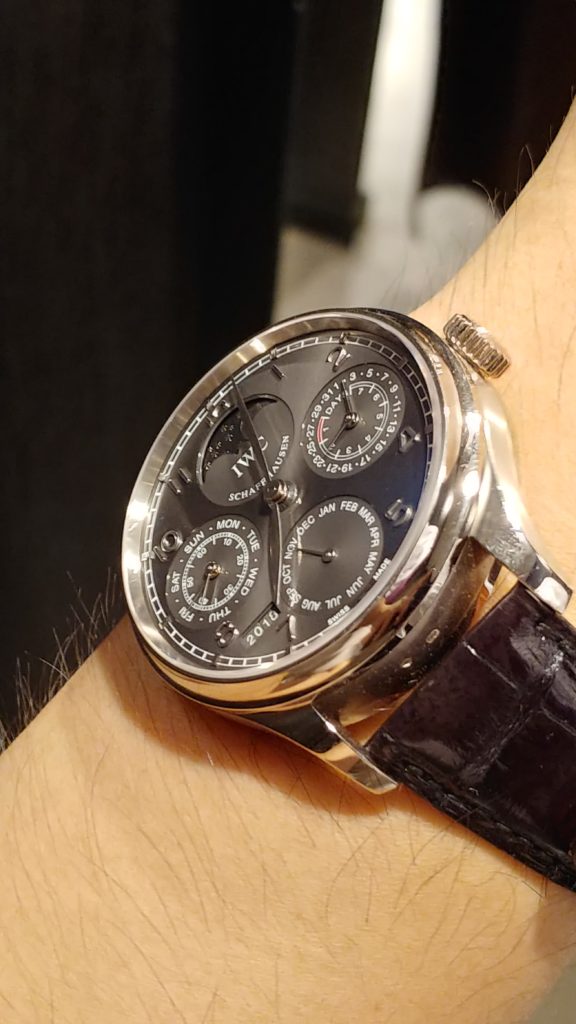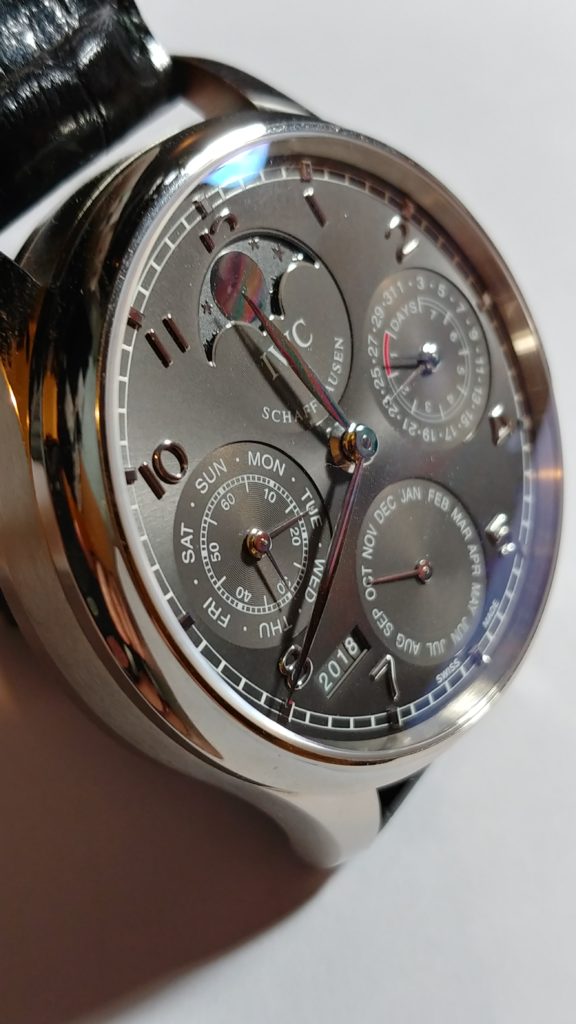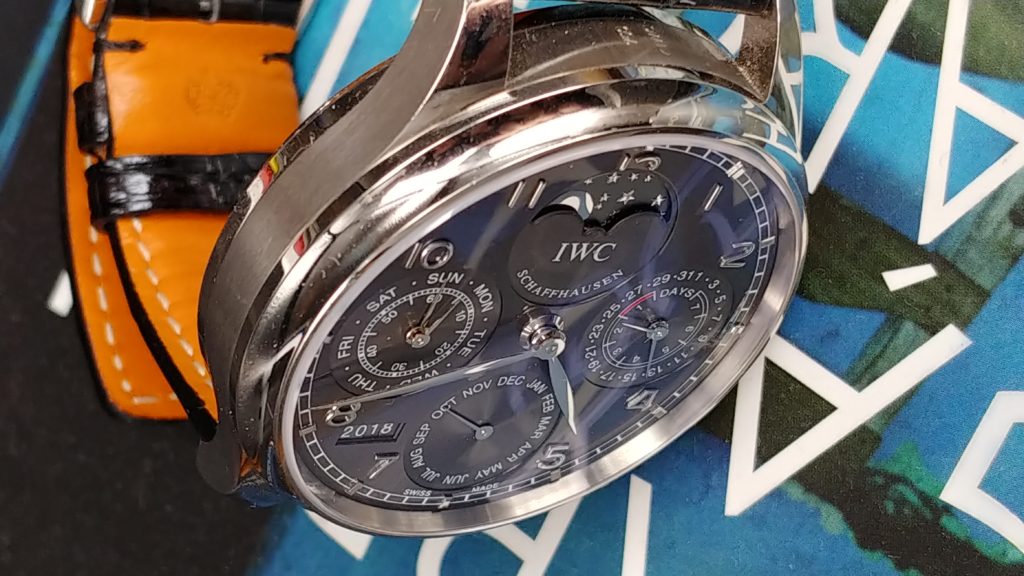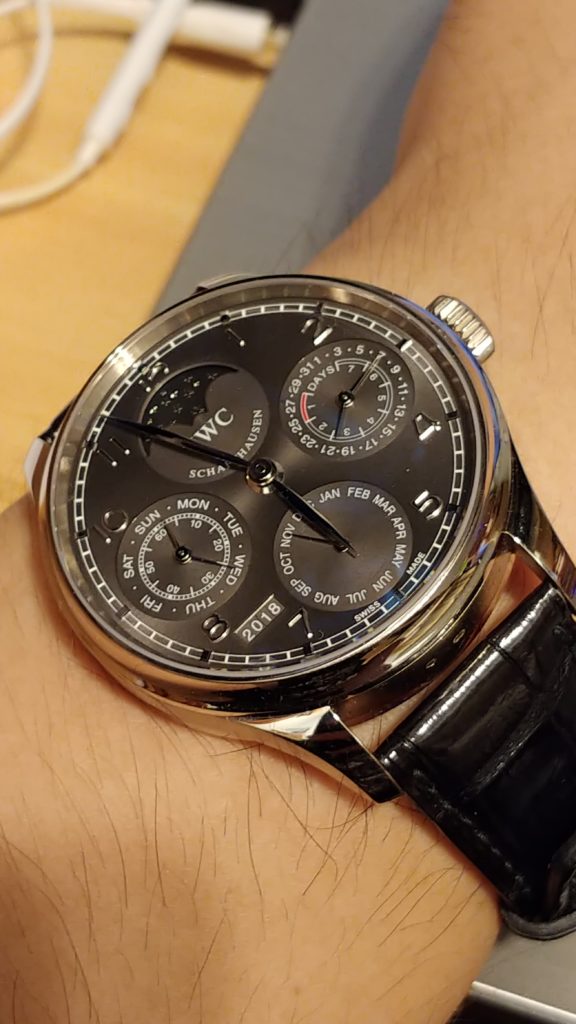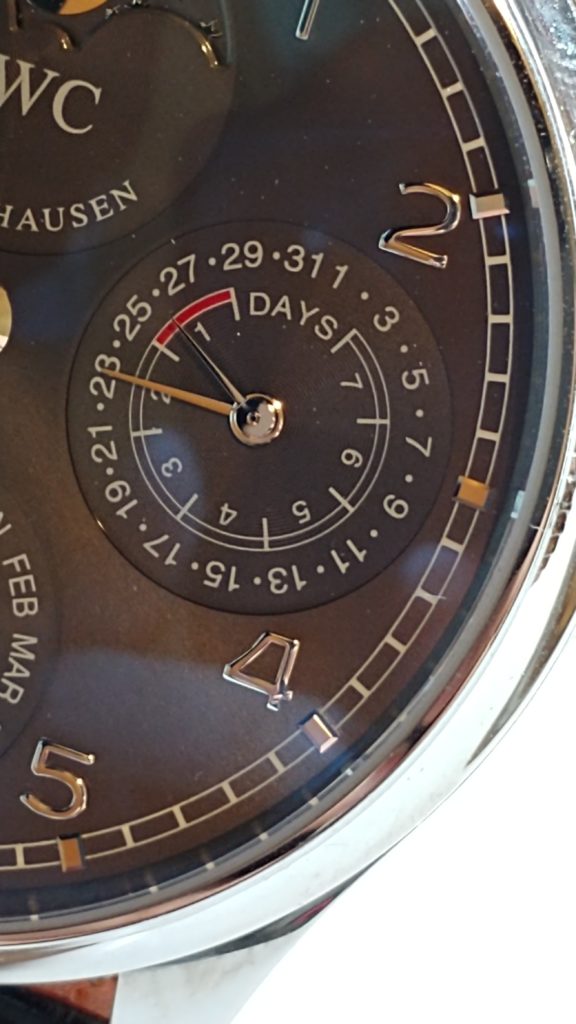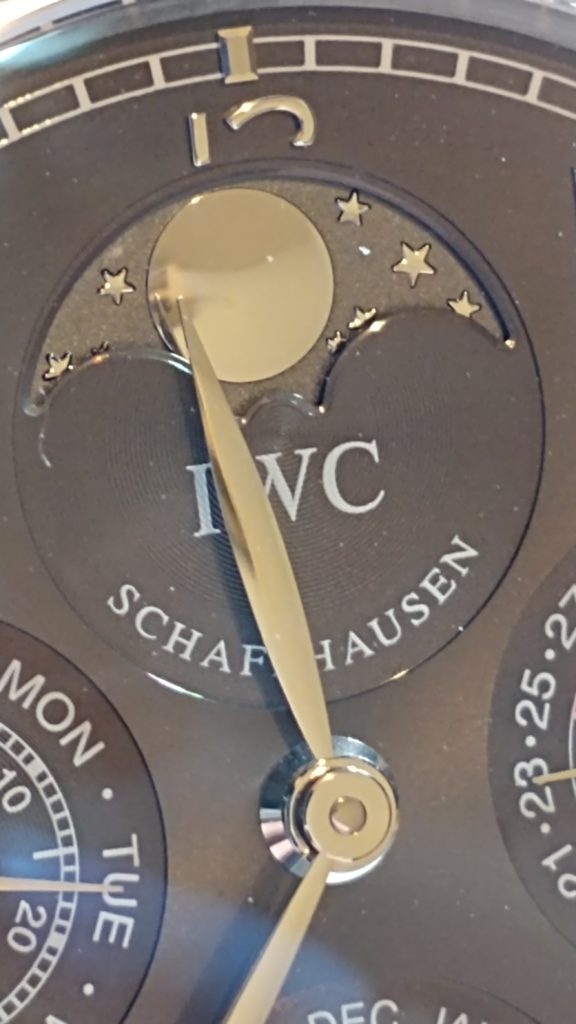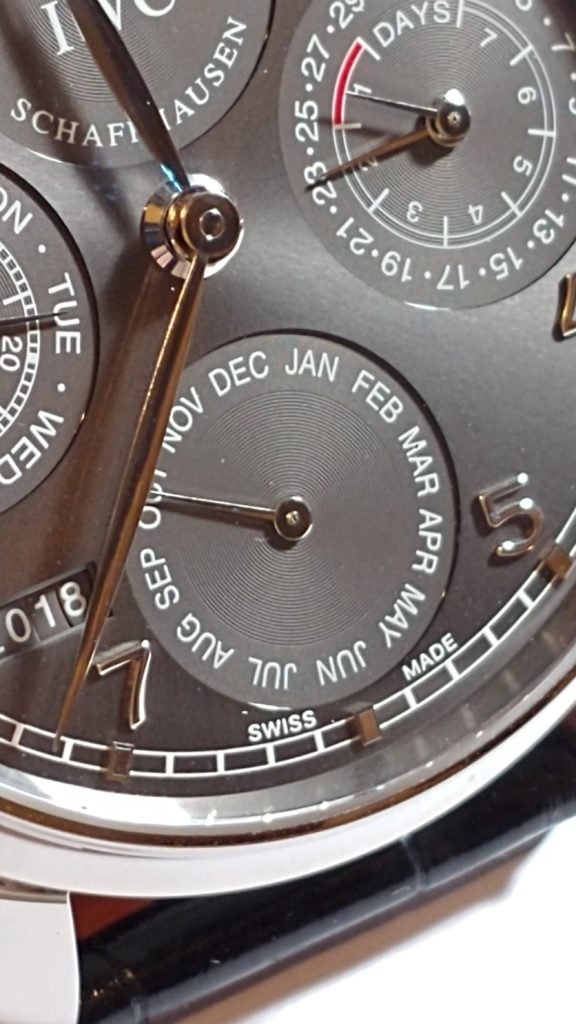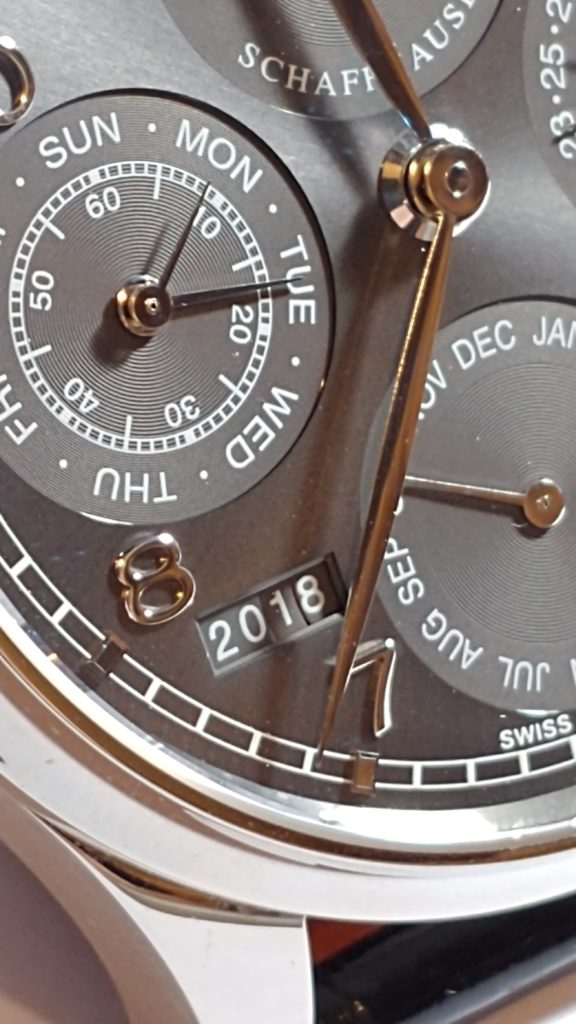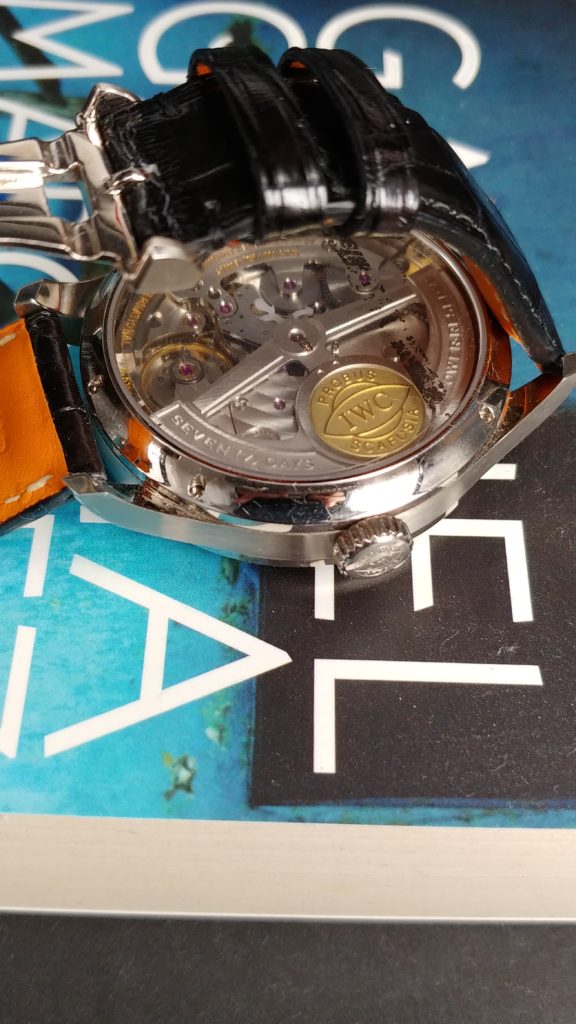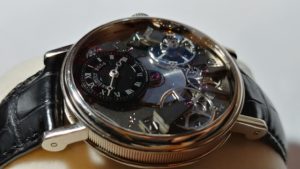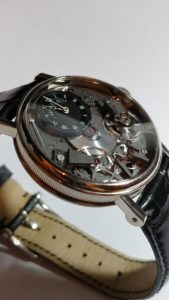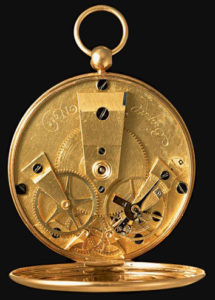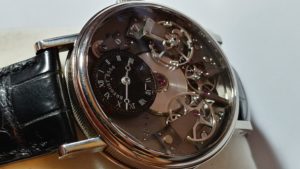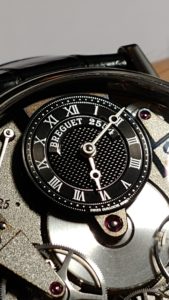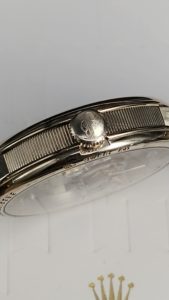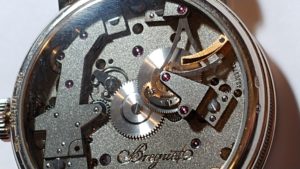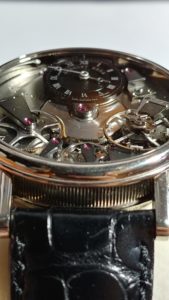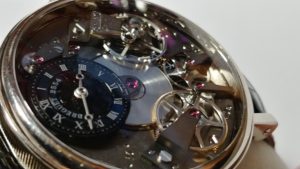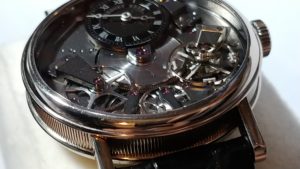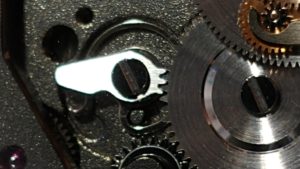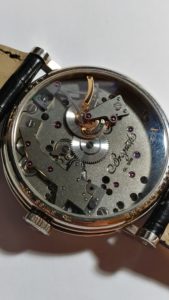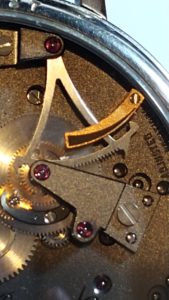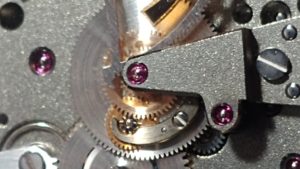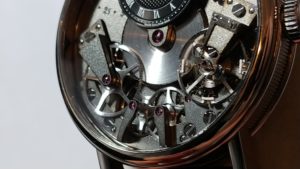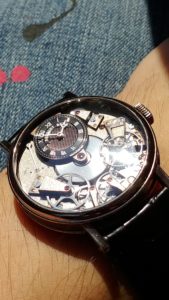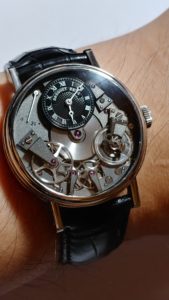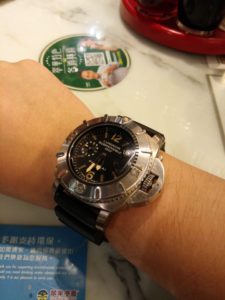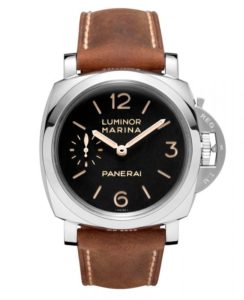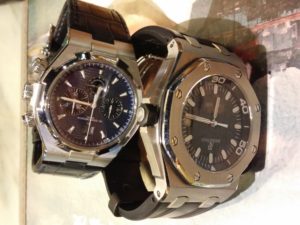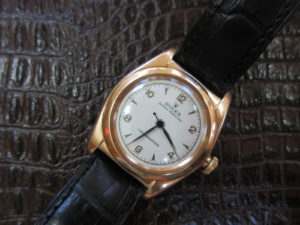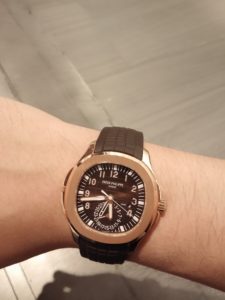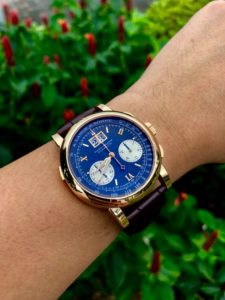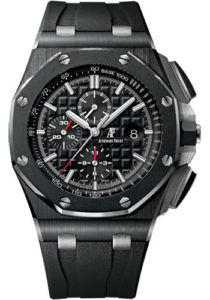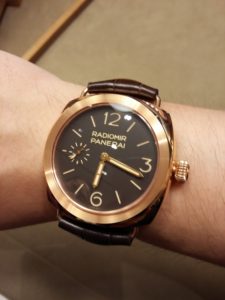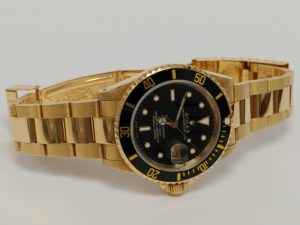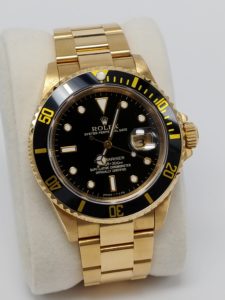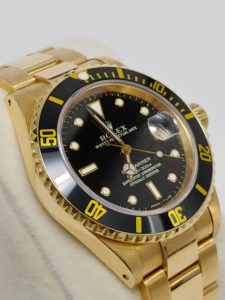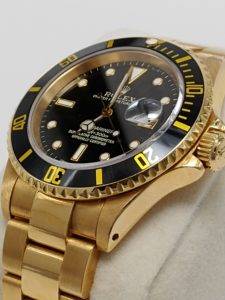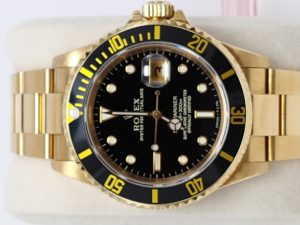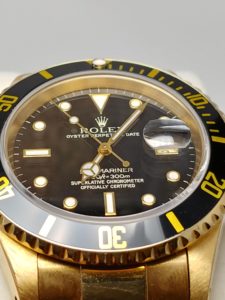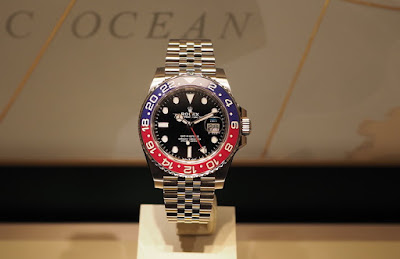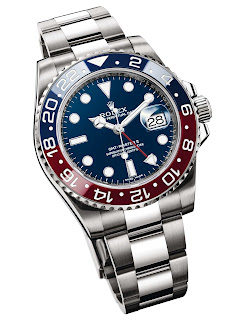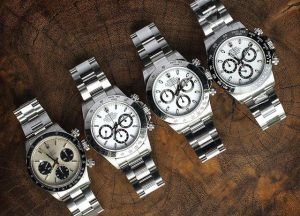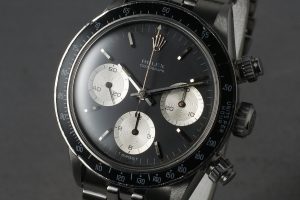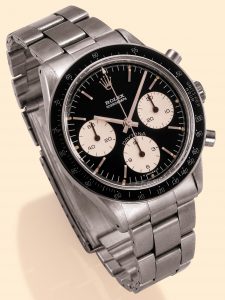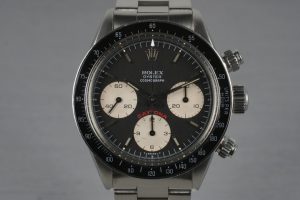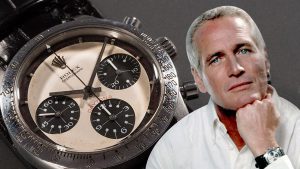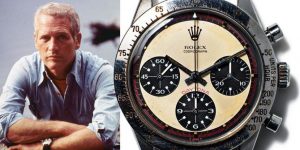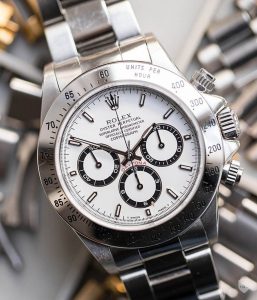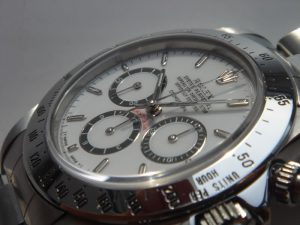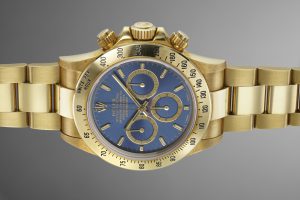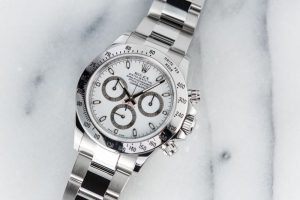The Portuguese Collection
The Portuguese Collection has long been one of IWC’s most iconic collections. It features watches that look classic but retains bits of modern design. An IWC Portuguese is always easy to recognize. Design features, such as leaf-shaped hands, railway track chapter ring, Arabic numerals and classic case shape, make the Portuguese one of the most successful collections for IWC. The Portuguese 50237 Perpetual Calendar here is in white gold with an Ardoise dial.
Case
The case size of the watch is 44mm and it is 15.5mm thick. This imposing size has been the tradition of the Portuguese collection. The case has a polished concave bezel, a brushed middle case and a polished display case back. The bezel reflects light in an elegant way and its concave shape make it extraordinarily classy to look at and it perfectly complements the box-type crystal. The lugs are curved and polished on the surfaces while brushed on the sides.
Dial and hands
There are a lot to read on the dial. At 12 o’ clock, you have the moonphase display and the brand logo on it. The moon is polished and is silver in color while the sky and stars are grey and silver to match the dial color and the white gold case. At 9 o’ clock, there is the sub-dial for seconds and days. The display of months is at 6 o’ clock. The power reserve indicator and the display of dates are in the same sub-dial at 3 o’ clock. Also not to be missed is the display ofyears at 7 o’ clock.
As a perpetual calendar, this watch can adjust automatically during the end of each 31-day and 30-day month. It can also track leap years automatically. The watch needs no adjustment until the year 2499 and the moonphase display will be accurate for more than 500 years.
The dial layout is clear and easy to read as most texts are in a contrasting white color. The Arabic numbers and the railway track chapter ring are there to highlight its Portuguese bloodline. The grey sunburst, under different lighting, gives out different shades of grey.
The hands, long and leaf-shaped, sweep round the dial in a classy and clear fashion every time you adjust the time.
The movement
The watch is equipped with an IWC Caliber 51613, which is a rather big movement as it is about 38mm in diameter and it is quite big as the case itself is 44mm. It has a power reserve of 7 days, or 168 hours, ensured by a single barrel. It is a very substantial amount of power and a 7-day power reserve will spare you the trouble of winding the watch all the time. The movement has a rotor that has a solid gold IWC medallion and it uses the Pellaton winding system which uses pawls rather than direct gearing between the rotor and barrel. This helps isolate the gear train from shocks.

As mentioned before, the movement itself is quite big. When you look at the case back, you can have a feast. It is quite an imposing view when you compare its size to smaller movements on watches like an Royal Oak Offshore. The rotor, the plates and the wheels look way larger than other movements.
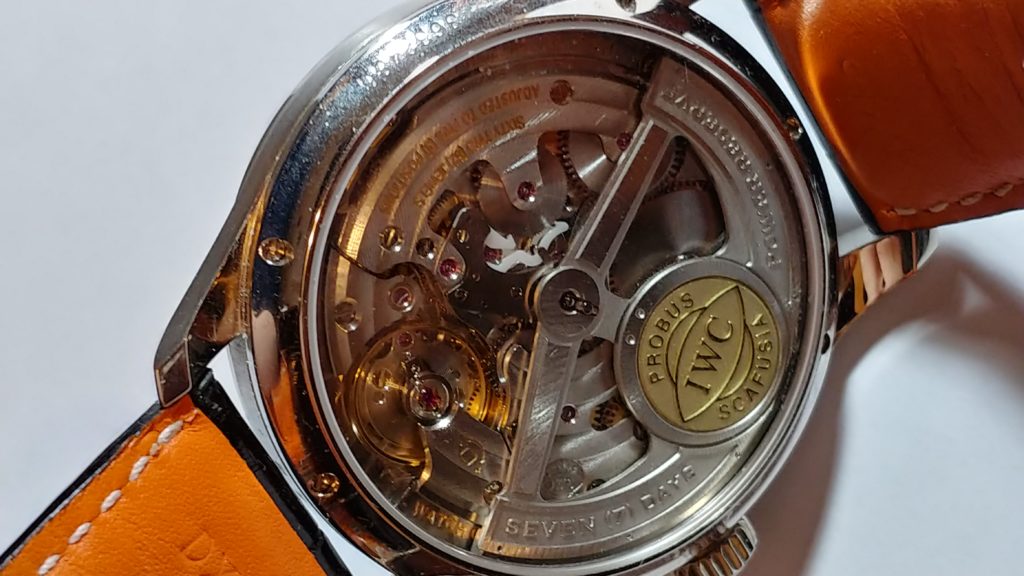
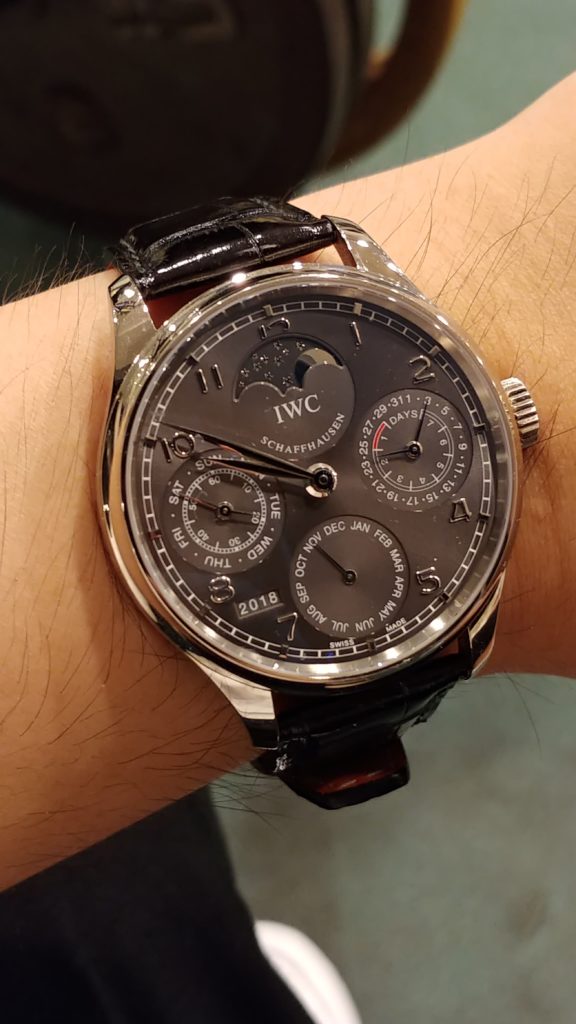
Strap and buckle
This watch comes with a finely finished glossy black alligator strap and a robust IWC deployant buckle. The strap is particularly nice as it has orange lining with white stitching while on the front it has black matching stitching.
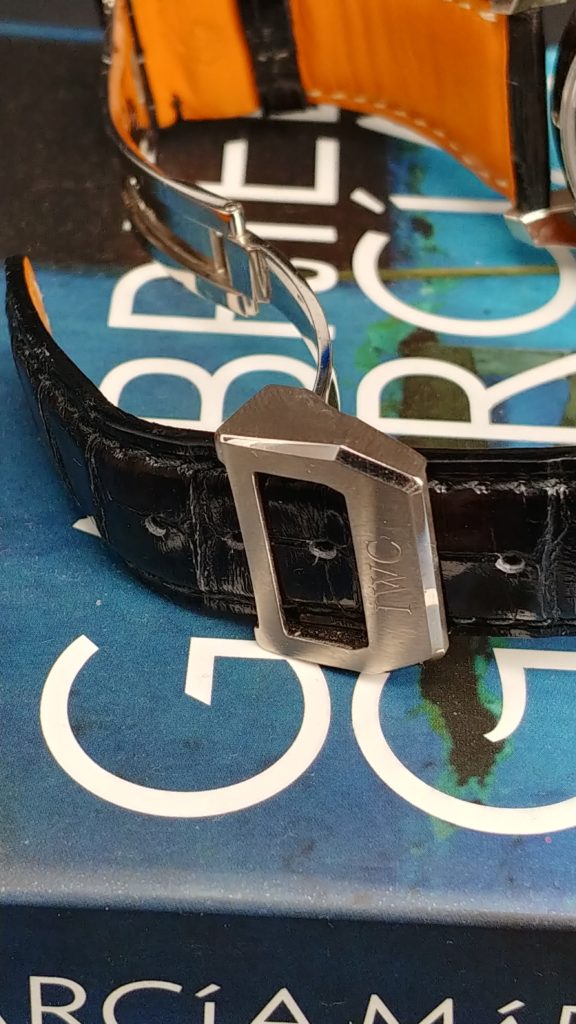
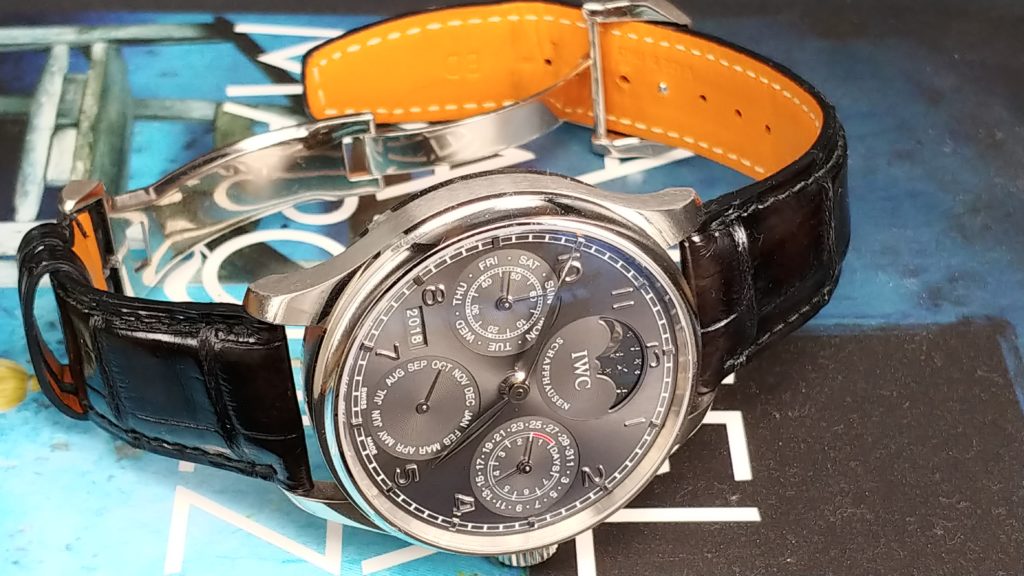
Conclusion
As one of the most recognized watch in the world, a Portuguese is widely worn by businessmen and suit wearers. Surely, the big case size means that it can always go with any casual wear. On the wrist, it has a lot of wrist presence and its substantial weight make it hard to be neglected. Even with a t-shirt and jeans, this IWC Portuguese Perpetual calendar will impress.
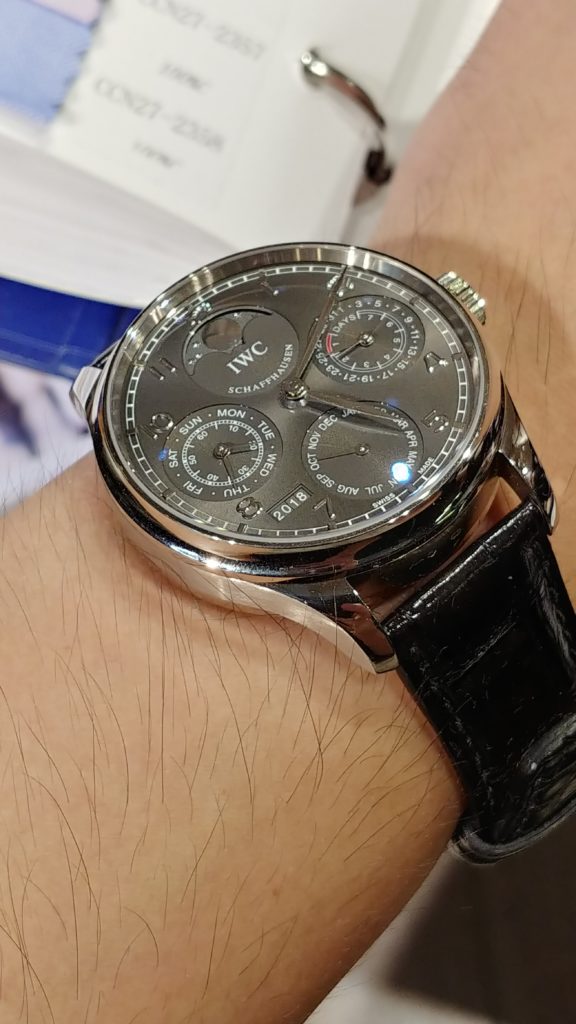
Also, this watch is quite affordable compared to other perpetual calendars produced by Patek Philippe, Vacheron Constantin, Audemars Piguet and the like. With a white gold case at 44mm and good functionality, this is a brilliant watch for anyone who looks for a perpetual calendar.

